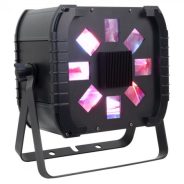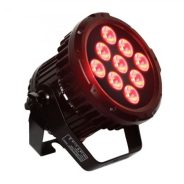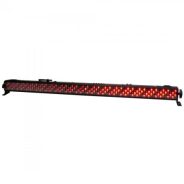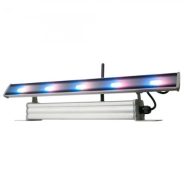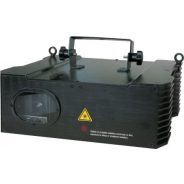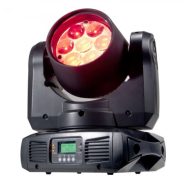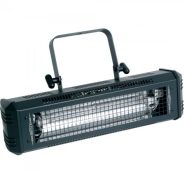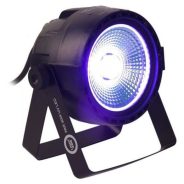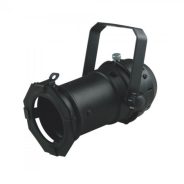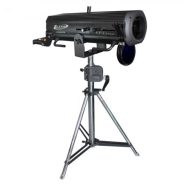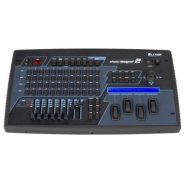Light Effects
Lighting effects are essential in many contexts—not just for their visual appeal, but for the atmosphere and experience they help create. At music events, whether in clubs, indoor venues, or open-air festivals, lighting often reacts to the rhythm of the music, reinforcing the energy and mood crafted by the DJ or live performers. A well-synchronized lighting setup can make a party feel more immersive and elevate the audience's emotional connection to the music.
In theatrical productions and concerts, lighting plays a storytelling role. It enhances emotional moments, signals transitions between scenes, and draws attention to key performers on stage. During conferences and professional presentations, stage lighting is used more for clarity and emphasis, helping to highlight the speaker and ensure a polished, professional visual impression.
At private events such as weddings or family celebrations, lighting often serves a decorative purpose. Warm ambient lights, soft-colored uplighting, fairy lights, or effects like fog combined with moving lights can add a touch of magic to the event—especially for moments like the first dance or other key highlights.
In commercial spaces, like storefronts or showrooms, dynamic lighting is used to attract attention and showcase products. It helps guide the viewer’s eye and can transform a standard retail space into something far more engaging. In film and video production, lighting is a fundamental visual tool that shapes the mood of scenes, directs focus, and contributes to the overall tone of the visual narrative.
Ultimately, lighting effects are valuable anywhere ambiance, visual interest, or emotional impact matter. They are not just technical tools but creative elements that shape how people experience a space or performance.



























































